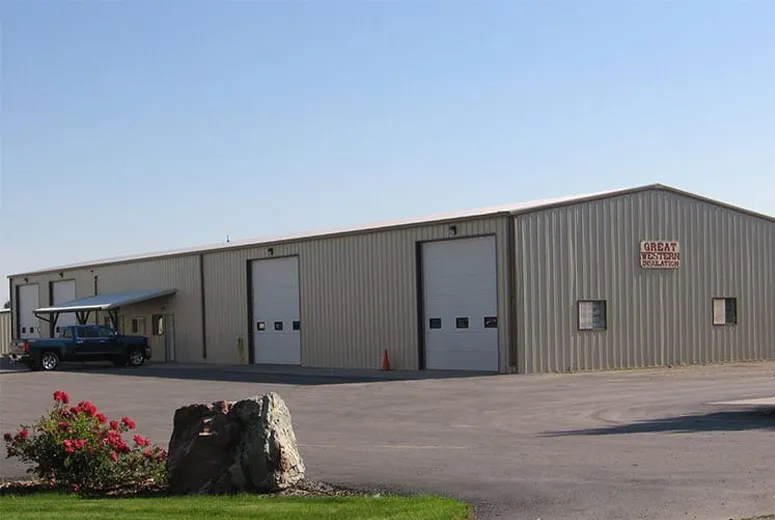- Afrikaans
- Albanian
- Amharic
- Arabic
- Armenian
- Azerbaijani
- Basque
- Belarusian
- Bengali
- Bosnian
- Bulgarian
- Catalan
- Cebuano
- Corsican
- Croatian
- Czech
- Danish
- Dutch
- English
- Esperanto
- Estonian
- Finnish
- French
- Frisian
- Galician
- Georgian
- German
- Greek
- Gujarati
- Haitian Creole
- hausa
- hawaiian
- Hebrew
- Hindi
- Miao
- Hungarian
- Icelandic
- igbo
- Indonesian
- irish
- Italian
- Japanese
- Javanese
- Kannada
- kazakh
- Khmer
- Rwandese
- Korean
- Kurdish
- Kyrgyz
- Lao
- Latin
- Latvian
- Lithuanian
- Luxembourgish
- Macedonian
- Malgashi
- Malay
- Malayalam
- Maltese
- Maori
- Marathi
- Mongolian
- Myanmar
- Nepali
- Norwegian
- Norwegian
- Occitan
- Pashto
- Persian
- Polish
- Portuguese
- Punjabi
- Romanian
- Russian
- Samoan
- Scottish Gaelic
- Serbian
- Sesotho
- Shona
- Sindhi
- Sinhala
- Slovak
- Slovenian
- Somali
- Spanish
- Sundanese
- Swahili
- Swedish
- Tagalog
- Tajik
- Tamil
- Tatar
- Telugu
- Thai
- Turkish
- Turkmen
- Ukrainian
- Urdu
- Uighur
- Uzbek
- Vietnamese
- Welsh
- Bantu
- Yiddish
- Yoruba
- Zulu
Nov . 20, 2024 01:06 Back to list
Steel Shed Structure Design A Comprehensive Overview
Steel shed structures have become increasingly popular in a variety of industries due to their durability, flexibility, and economic efficiency. These structures are used for a multitude of purposes ranging from agricultural storage to commercial warehouses and even specialized industrial applications. Understanding the fundamental principles behind steel shed structure design is crucial for engineers, architects, and builders who seek to create functional and safe spaces.
Characteristics of Steel Shed Structures
Steel is an excellent building material due to its high strength-to-weight ratio and resistance to environmental factors. This allows for the creation of large, unobstructed spaces that can accommodate various activities. Steel sheds can be designed to withstand heavy loads, making them ideal for storage facilities, workshops, or manufacturing plants. Additionally, steel is inherently resistant to pests like termites, which can significantly contribute to the longevity of the structure.
Another major advantage of steel shed structures is their modular nature. Steel components can be prefabricated off-site, allowing for quicker assembly on location. This not only reduces construction costs but also minimizes disruption in busy environments. Furthermore, their adaptability means that these structures can be easily modified or expanded as the needs of the business change.
Factors in Steel Shed Design
When designing a steel shed structure, several critical factors must be considered
1. Purpose of the Shed The intended use of the shed greatly influences its design specifications. For instance, a storage shed may require different load-bearing capabilities compared to a workshop that houses heavy machinery.
2. Location and Environmental Conditions Understanding the geographical location and seasonal weather patterns is essential. Factors such as snow load, wind speed, and seismic activity play a crucial role in determining the structural integrity and safety of the shed.
3. Building Codes and Regulations Compliance with local building codes and regulations is mandatory. These rules dictate specific design standards to ensure safety and durability. An architect or engineer must be familiar with these guidelines when planning a steel shed.
steel shed structure design

4. Budget Steel sheds can vary greatly in cost depending on size, materials, and design complexity. Establishing a clear budget from the outset can help guide the decision-making process and ensure the project remains financially viable.
5. Design Aesthetics While functionality is often the priority in shed design, visual appeal should not be overlooked. A well-designed structure can enhance the appearance of a property and complement surrounding buildings.
Structural Components
The key components of steel shed structures include columns, beams, and roofing systems. The framework typically consists of steel columns and beams that form a skeleton. This allows for larger span areas and open layouts. Roof designs may vary, with options including gable, hip, and flat roofs, factors influenced by climatic concerns. Arguably, one of the most critical aspects of the roof is its ability to manage rainwater effectively to prevent damage.
Insulation is another essential element to consider, particularly for sheds used in temperature-sensitive applications. Insulated panels can help regulate internal temperatures, making these spaces more comfortable and functional. Furthermore, adequate ventilation systems should be incorporated to promote air circulation and reduce humidity levels, especially in storage settings.
Sustainability in Design
In recent years, there has been an increasing emphasis on sustainability in building design, including steel structures. Steel is a recyclable material, and using recycled steel can significantly reduce the carbon footprint of a new construction. Integrating energy-efficient systems such as LED lighting and solar panels can further enhance the sustainability of the structure.
Conclusion
Designing a steel shed structure involves a multifaceted approach that balances functionality, safety, cost, and aesthetics. By understanding the key elements involved in the design process, stakeholders can create effective and sustainable steel structures that meet the demands of various industries. As technology and materials continue to evolve, the future of steel shed design will undoubtedly adapt, offering even more innovative solutions for modern-day challenges.
-
How Do Prefabricated Steel Structures Transform Modern Construction?
NewsJul.14,2025
-
How Do Prefabricated Metal Buildings Redefine Modern Construction?
NewsJul.14,2025
-
How Do Prefab Insulated Metal Buildings and Steel Structures Revolutionize Modern Construction?
NewsJul.14,2025
-
How Do Pre - Engineered Steel Structures Redefine Modern Construction?
NewsJul.14,2025
-
Advancing Modular Construction with Prefabricated Metal Structures
NewsJul.14,2025
-
Advancing Industrial Infrastructure with Prefabricated Steel Solutions
NewsJul.14,2025
Products categories
Our Latest News
We have a professional design team and an excellent production and construction team.












